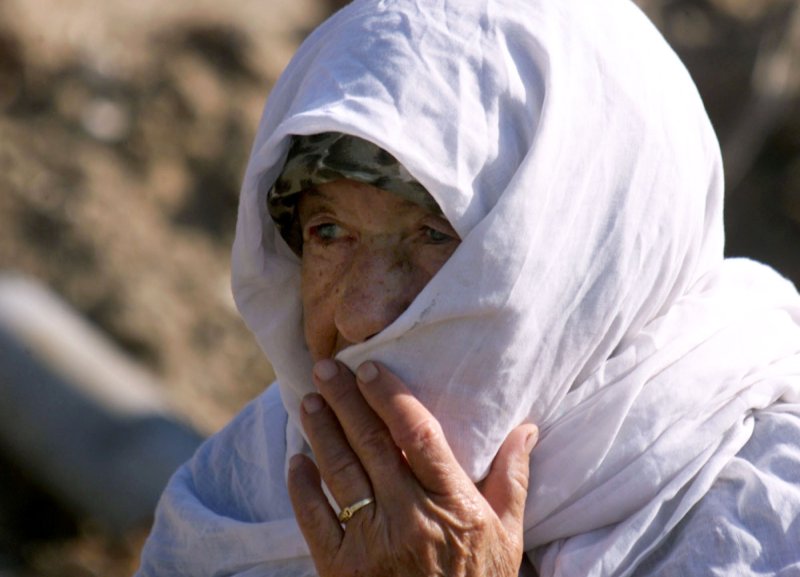WASHINGTON, Nov. 17 (UPI) -- About 1.9 million U.S. residents were 90 or older in 2010, almost three times the population in 1980, the U.S. Census Bureau said Thursday.
Almost one in 20, 4.7 percent, of residents 65 or older had hit 90, statisticians said. By 2050, one in 10 senior citizens could be in the group.















